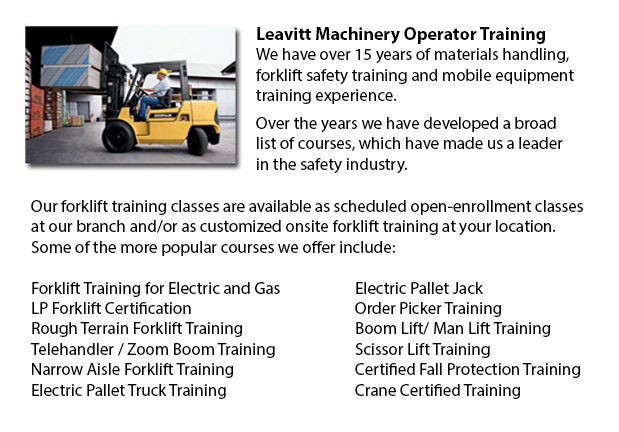
Aerial jacks are able to accommodate various duties involving high and tricky reaching spaces. Usually utilized to perform routine maintenance in structures with lofty ceilings, trim tree branches, raise heavy shelving units or mend phone lines. A ladder could also be utilized for some of the aforementioned jobs, although aerial hoists provide more safety and stability when correctly used.
There are several models of aerial lifts available on the market depending on what the task needed involves. Painters often use scissor aerial jacks for instance, which are categorized as mobile scaffolding, handy in painting trim and reaching the 2nd story and higher on buildings. The scissor aerial hoists use criss-cross braces to stretch and lengthen upwards. There is a platform attached to the top of the braces that rises simultaneously as the criss-cross braces raise.
Cherry pickers and bucket lift trucks are a different type of the aerial hoist. Usually, they possess a bucket at the end of an elongated arm and as the arm unfolds, the attached bucket platform rises. Platform lifts utilize a pronged arm that rises upwards as the lever is moved. Boom lifts have a hydraulic arm which extends outward and lifts the platform. All of these aerial hoists call for special training to operate.
Training courses offered through Occupational Safety & Health Association, acknowledged also as OSHA, cover safety steps, machine operation, upkeep and inspection and device load capacities. Successful completion of these training programs earns a special certified license. Only properly licensed people who have OSHA operating licenses should run aerial hoists. The Occupational Safety & Health Organization has developed rules to uphold safety and prevent injury while using aerial lifts. Common sense rules such as not using this apparatus to give rides and ensuring all tires on aerial lifts are braced in order to hinder machine tipping are referred to within the rules.
Unfortunately, data reveal that greater than 20 aerial hoist operators die each year while operating and almost ten percent of those are commercial painters. The bulk of these incidents were brought on by improper tie bracing, hence many of these might have been prevented. Operators should make certain that all wheels are locked and braces as a critical security precaution to prevent the instrument from toppling over.
Additional guidelines involve marking the encircling area of the device in an obvious manner to protect passers-by and to guarantee they do not come too close to the operating machine. It is imperative to ensure that there are also 10 feet of clearance between any utility lines and the aerial lift. Operators of this equipment are also highly recommended to always have on the appropriate safety harness when up in the air.
-
Hyster Forklift
Hyster is an industry leader in the materials handling industry that has been in business for over 80 years. However, it started as a producer of lifting equipment as well as winches. Most of its production was focused in the Pacific Northwest and... More -
Terex Forklift
Terex Forklifts takes immense satisfaction in producing quality equipment that helps enhance their customers' efficiency while standing by their goal to offer a cost effective yet reliable product line. Through numerous divestures and acquisitions de... More -
Scissor Lifts
The scissor lift, often known as a table lift, is an industrial lift that has been tailored for usage within wholesale and retail environments. Industrial lifts have been utilized for decades within the manufacturing and production industries to effe... More -
Doosan Forklift
Doosan Infracore Company Ltd. is an international and intercontinental organization which includes Defense Industry Products, Industrial Vehicles, Diesel Engines, Automation Systems, Machine Tools and Construction Equipment. In the U.S.A., Doosa... More -
Toyota Forklift
Ever since 1992, Toyota Material Handling inc., U.S.A., also called TMHU, have been the top selling lift truck supplier in the United States. Proudly celebrating more than 40 years of operations, the Irvine, California established business offers an... More

Forklift Training Kelowna
TOLL FREE: 1-888-254-6157
Kelowna, British Columbia
forklifttraininginkelowna.com
Email Us
About Us


